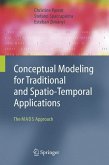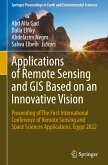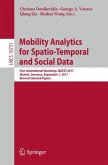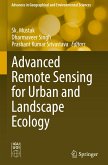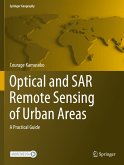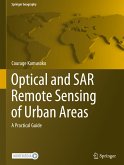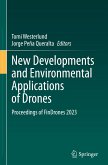Here we use the term "field" to refer to a sphere of practical operation, and correspondingly the term "field informatics" describes informatics tools and methodologies that arise in the field. The components of field informatics are description, prediction, design and transfer, and the methods for those components vary widely. For example, we consider the social goal of revitalizing a mountainous area experiencing depopulation and we show how the tools and methodologies of field informatics may be used to describe such situations using remote sensing, biologging, human sensing and ethnography; the effects of various solutions can be predicted using system dynamics and multiagent simulations; the solutions can be designed using inclusive design or participatory design methods; and finally the experience gained can be transferred using case writing and outreach communication.
The authors are specialists in diverse areas such as informatics, engineering, agriculture, sociology and pedagogy, and their areas of interest range from environment conservation to social education for international cooperation. They have a particular focus on the environment in southeast Asia and related topics such as large-scale traffic simulations, participatory workshops, inclusive design workshops, distance learning, and intercultural collaboration.
This book targets graduate students seeking tools and methodologies for natural observation, field workers engaged in social participation, and researchers and engineers pursuing innovation. The techniques described in the book could also be exploited by government officials to form consensus and develop activities or by non-profit organizations to undertake more effective social programs.
The authors are specialists in diverse areas such as informatics, engineering, agriculture, sociology and pedagogy, and their areas of interest range from environment conservation to social education for international cooperation. They have a particular focus on the environment in southeast Asia and related topics such as large-scale traffic simulations, participatory workshops, inclusive design workshops, distance learning, and intercultural collaboration.
This book targets graduate students seeking tools and methodologies for natural observation, field workers engaged in social participation, and researchers and engineers pursuing innovation. The techniques described in the book could also be exploited by government officials to form consensus and develop activities or by non-profit organizations to undertake more effective social programs.
"In this very complex and dynamic world, we need to cope with heterogeneous natural, economic, and social challenges. It is common and suitable to respond to many of these challenges with information and communications technology (ICT). The authors present a coherent approach based on a branch of ICT, field informatics, to solve various non-analytical problems arising from specific spatiotemporal areas, such as a hilly region affected by increasing depopulation, for example. ... The book includes a wide range of realistic scenarios and case studies, including land cover sensing, behavior analysis of green turtles, the protection of elderly people, traffic and disaster evacuation simulations, an agricultural land use decision model, and the design of a workshop on information-based navigation systems. The chapter sequence follows the logical steps of the field informatics concept: description, evaluation and estimation, design and implementation, and dissemination. This book is based on the authors' experience, gained from in-field ICT project development. It targets a large spectrum of potential readers, from graduate students, researchers, and design engineers to those working in nonprofit organizations, economic entities, and public services." [Valentin Inceu, ACM Computing Reviews, 2013]


